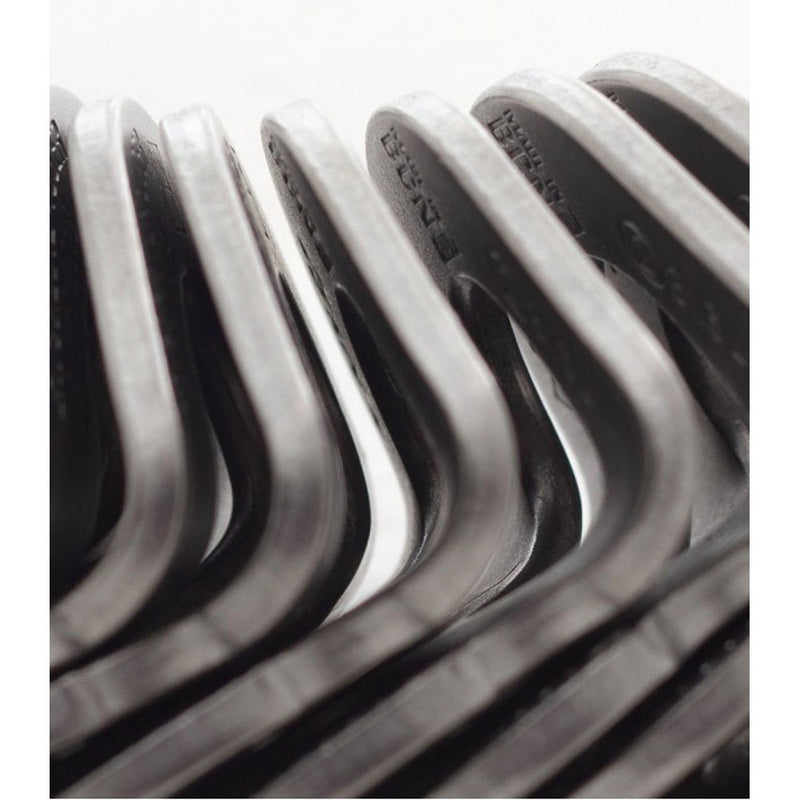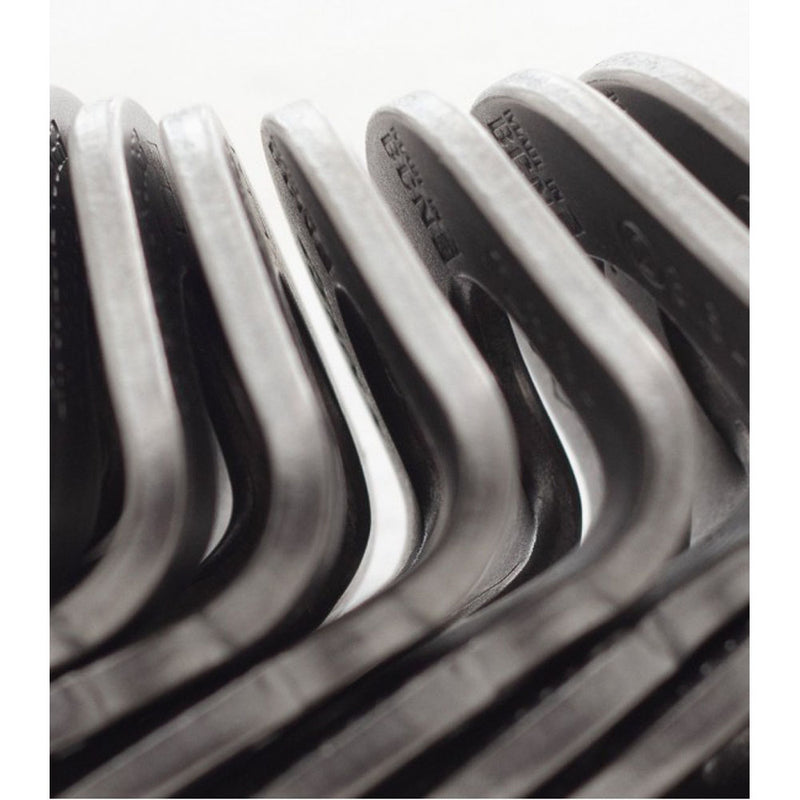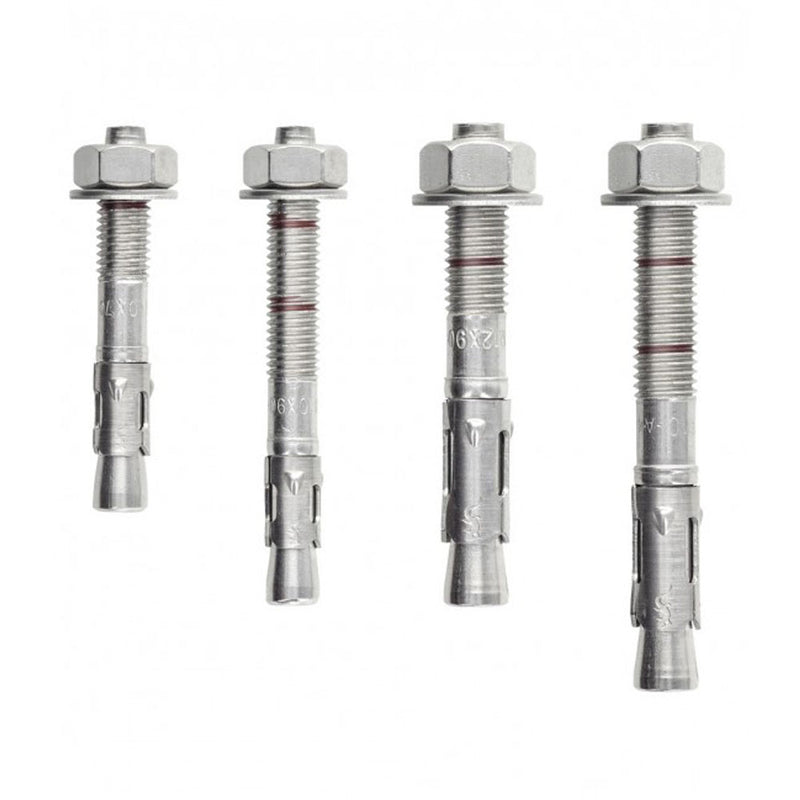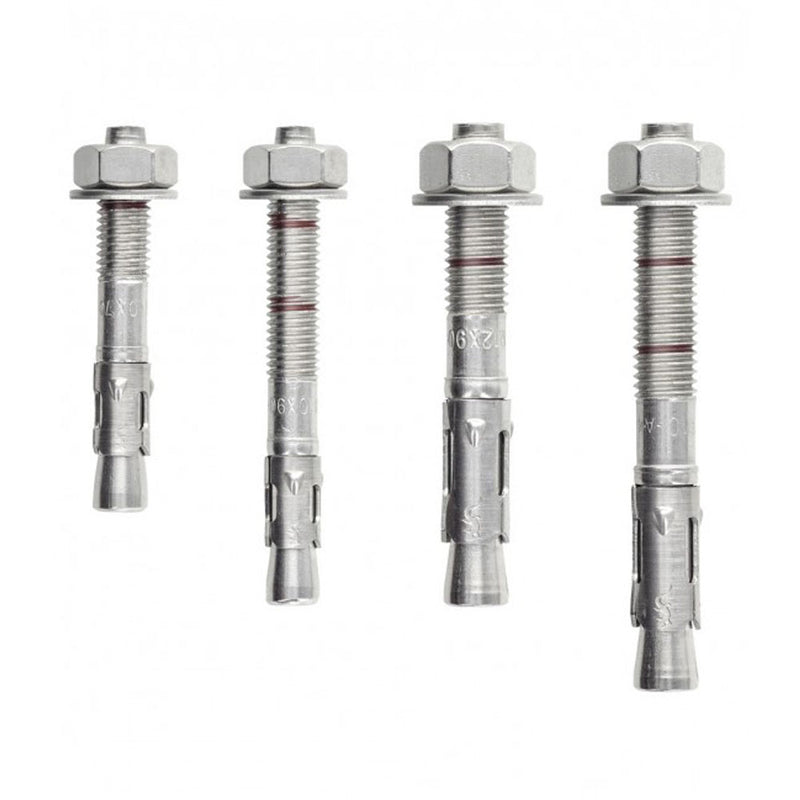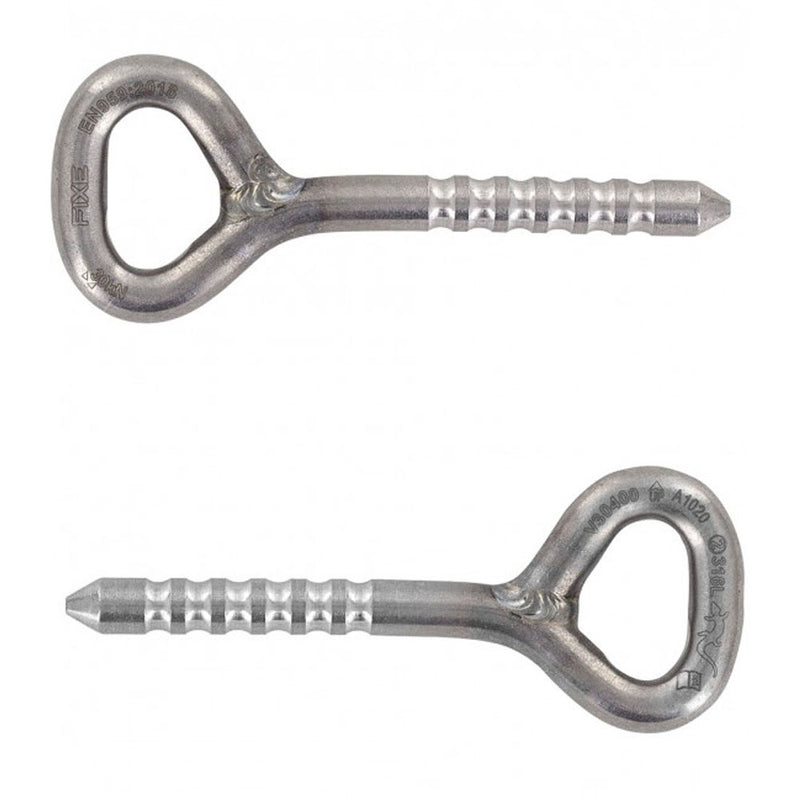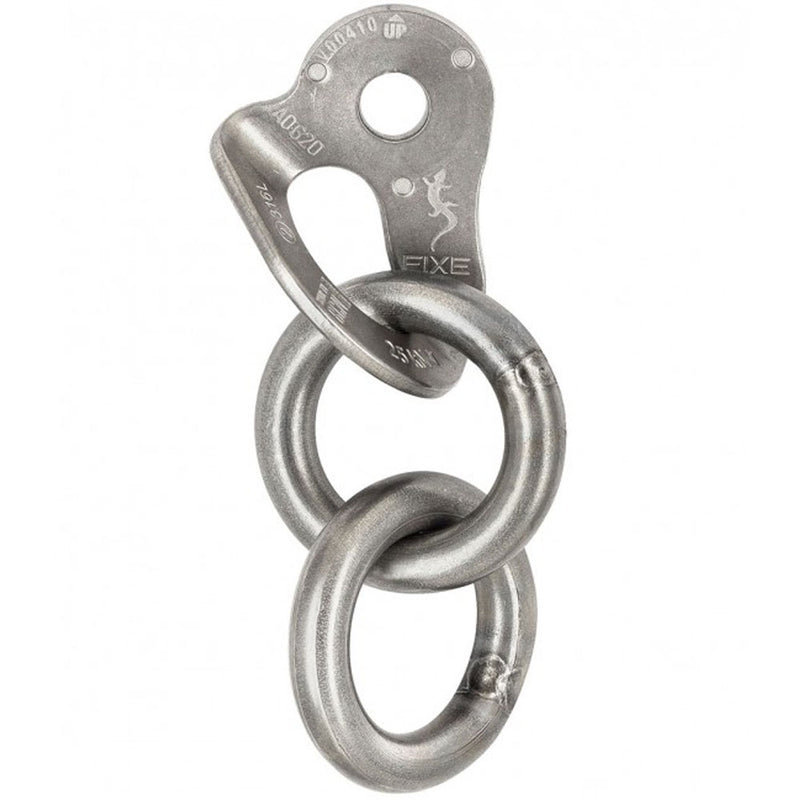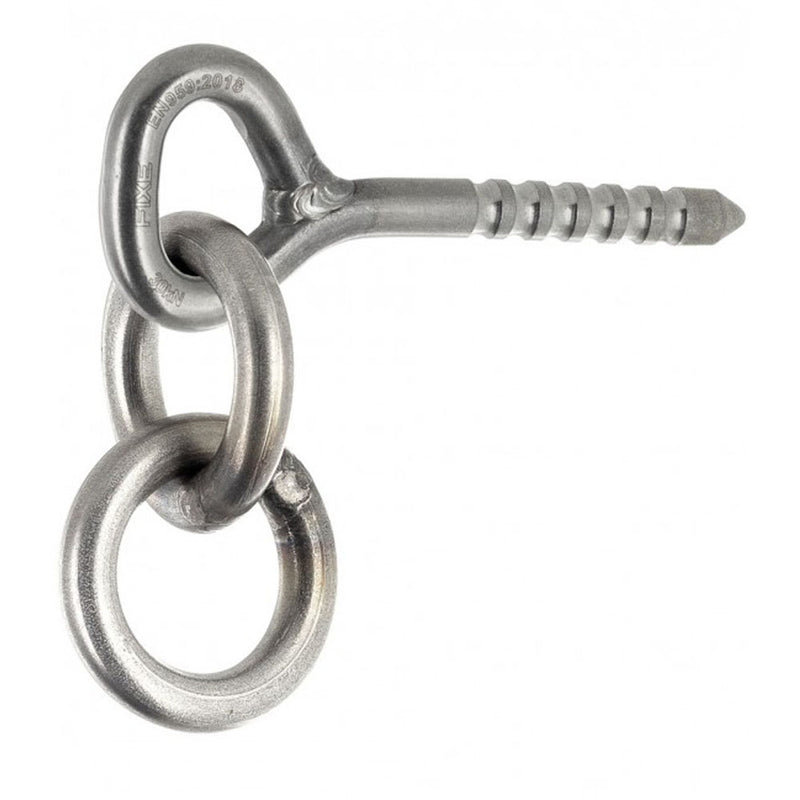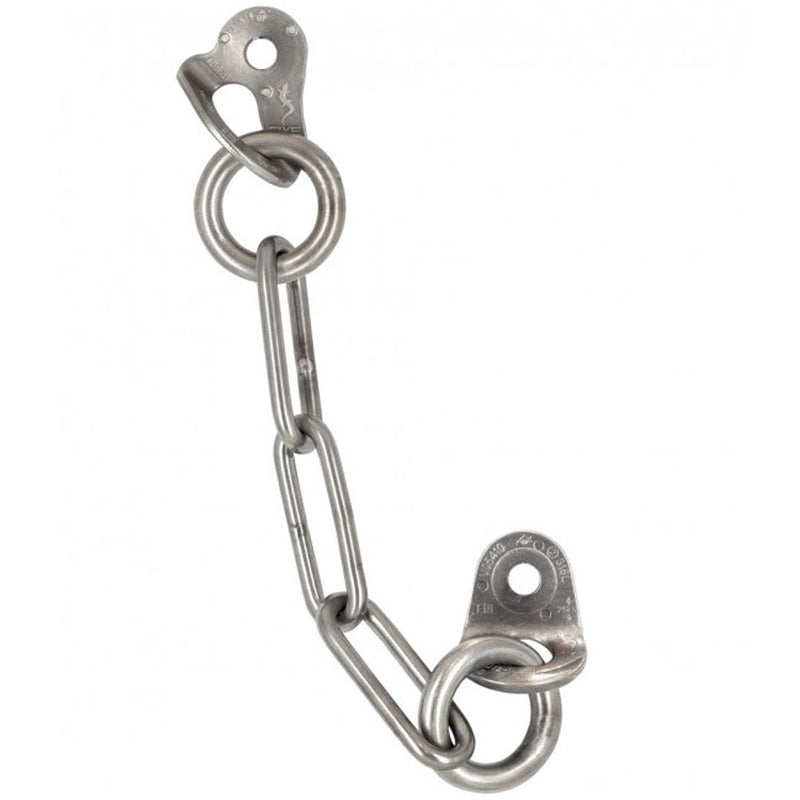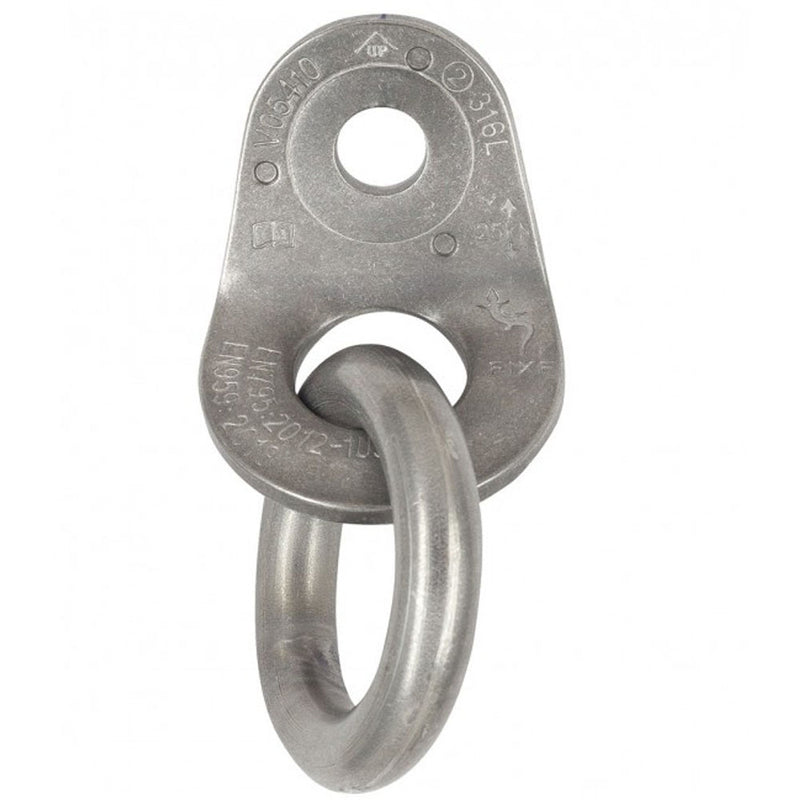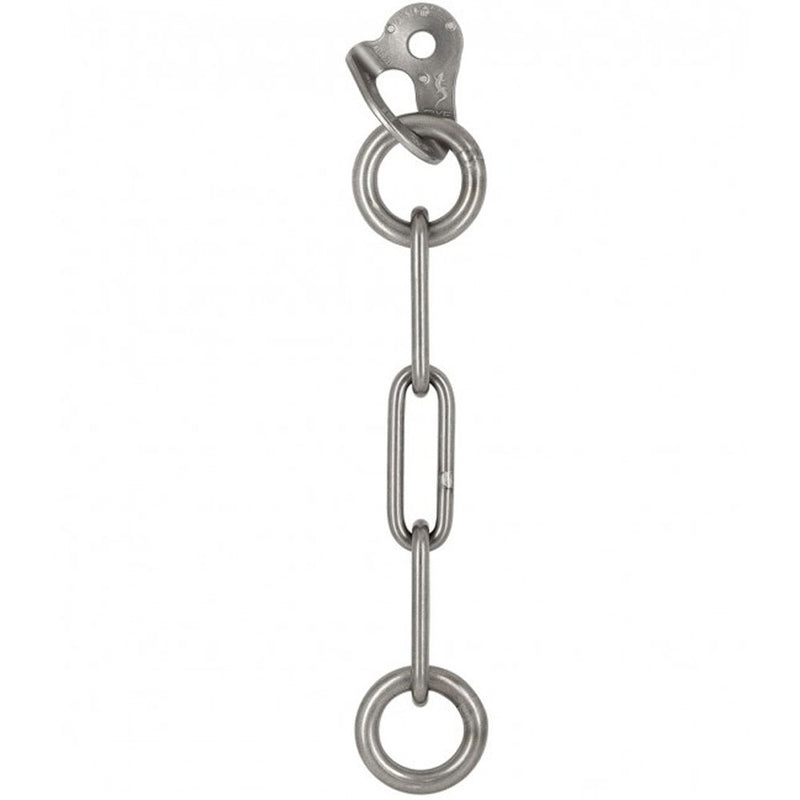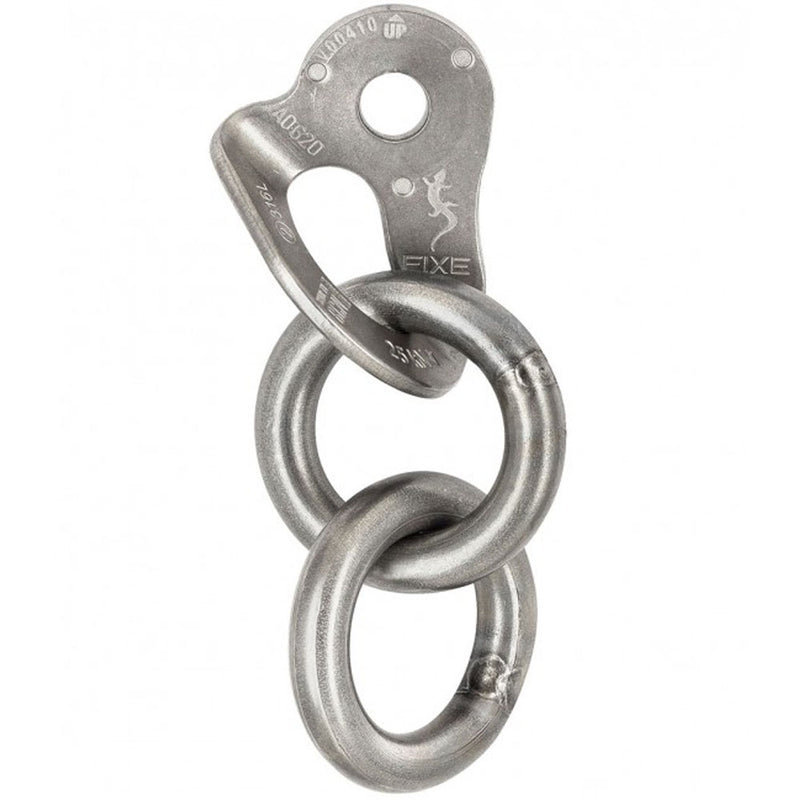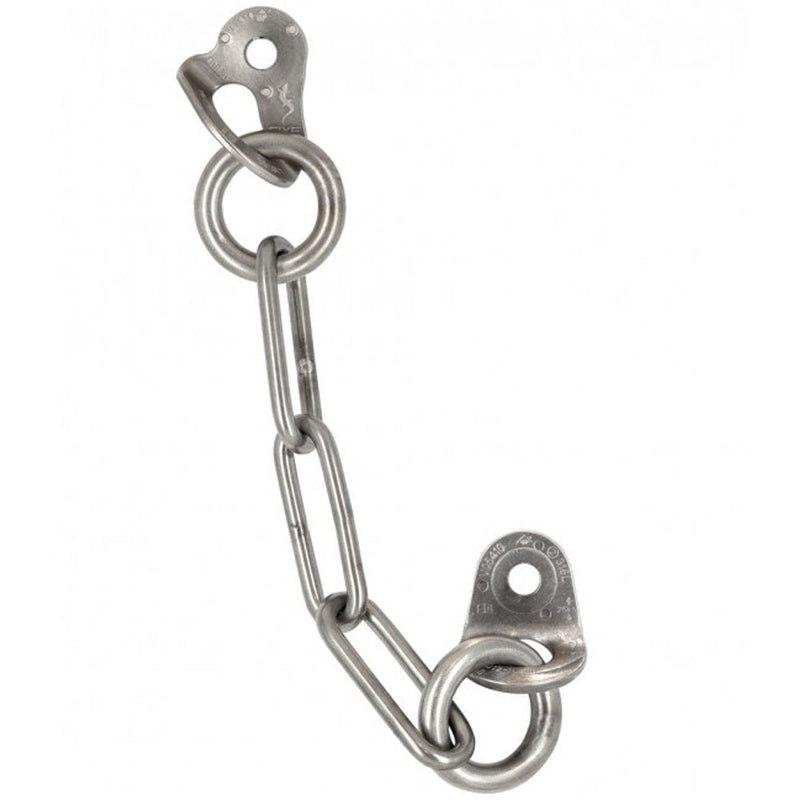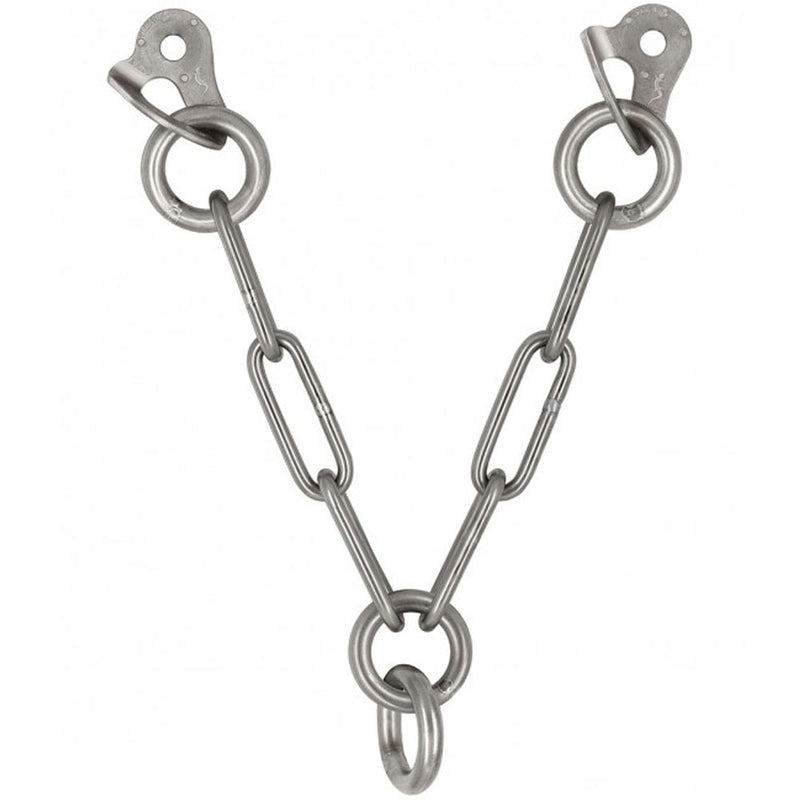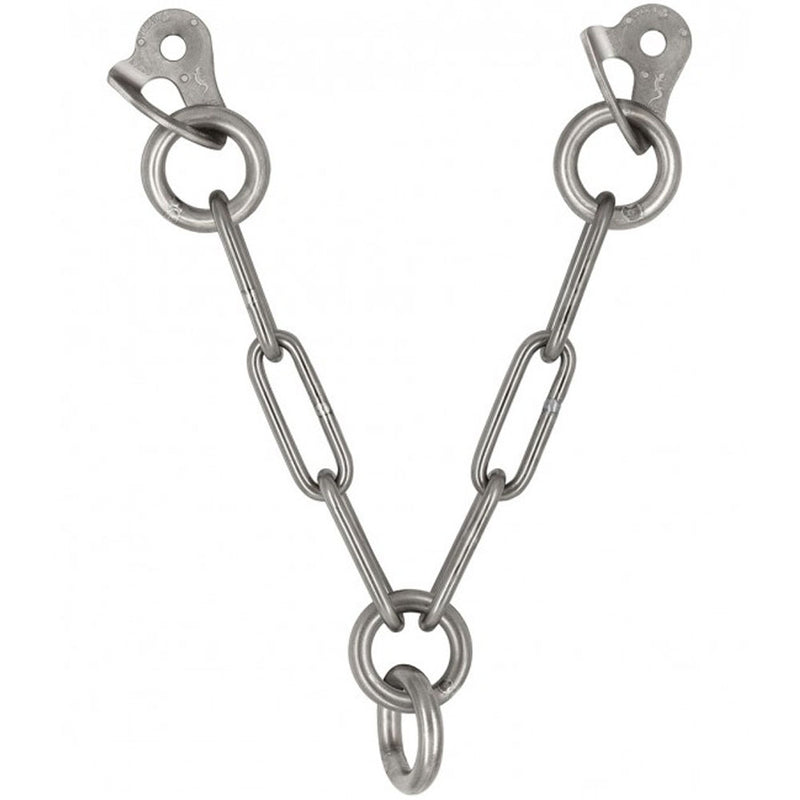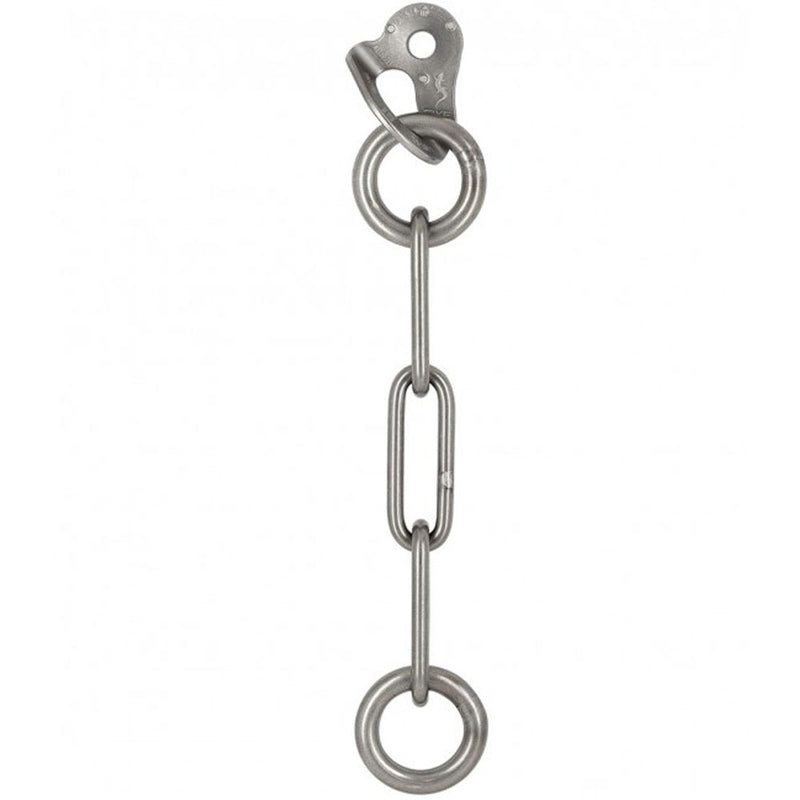Rock Climbing Anchors Built for Trust
When you're halfway up a route, fingers chalked, heart pounding, and the wind whispering through the gorge, there’s one thing you need to be sure of, your anchor will hold. At Mont, we know that trust isn’t just built on experience; it’s built on gear that won’t let you down.
Strength, Reliability & Minimal Impact
Our range of rock-climbing anchors are designed for strength, reliability, and minimal impact, because we believe in climbing with a conscience. Whether you’re setting up a bomber trad anchor, placing a crucial bolt for a first ascent, or ensuring a solid top rope for your mates, you need gear that works as hard as you do.
Built to Last, Designed for the Wild
Crafted with durable, high-quality materials, our climbing anchors are chosen for their longevity and environmental responsibility, because protecting the places we play is just as important as the gear we use.
Anchors You Can Depend On
So, whether you're out on a bold multi-pitch, building a clean trad setup, or bolting new lines responsibly, Mont has the anchors you can depend on. Because out here, every placement matters.
How to bolt climbing anchors?
Installing bolts for rock climbing requires a solid understanding of rock type, suitable bolt type and length, and bolt placement to reduce rope drag and protect the climb. Importantly, permission must be sought from the land manager or owner prior to any bolting activity occurring. Consider also the ethics of the area you are considering bolting, and whether bolts have been used in the area in the past – bolting a trad route, or in a crag that has traditionally been climbed without bolts is typically unacceptable. Even with permission from the land owner or manager, and experience in placing rock climbing bolts, consider the visual impact of bolts on the area and how this may affect other users of the area, climbers or otherwise.
How do rock climbing anchors work?
Rock climbing anchors are typically made from stainless steel or other corrosion resistant material such as Titanium. They may come in the form of a glue-in anchor, installed into a precisely drilled hole in the rock, or an expansion style anchor which will be inserted into a precisely drill hole in the rock, and tightened to expand the outer sleeve. On a typical sport climbing route, intermediate bolts are installed to protect the rock climber as they ascend the route, with an anchor at the top typically consisting of two bolts and an anchor chain or ring allowing the climber to be lowered off upon reaching the top of the route.
Types of climbing anchors
Many different types of rock climbing anchors are available to suit different rock types, different locations, and expected use of the bolts. Bolt choice is an important decision to ensure that any bolts that are placed are done so correctly, and in a manner that will render them safe to use for parties that may follow. It is critical to know the type of rock prior to choosing rock climbing bolts, and to have a good understanding of how to install the bolts you have chosen for maximum strength and lifespan.







